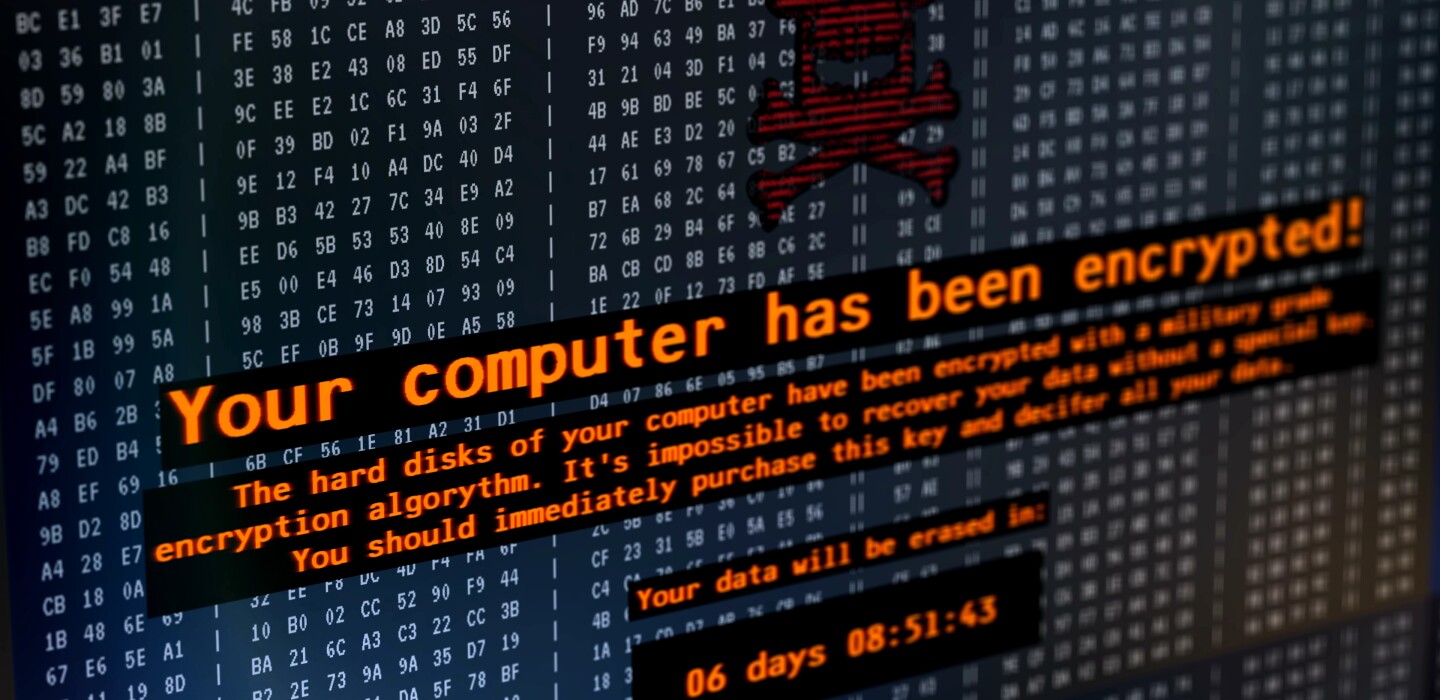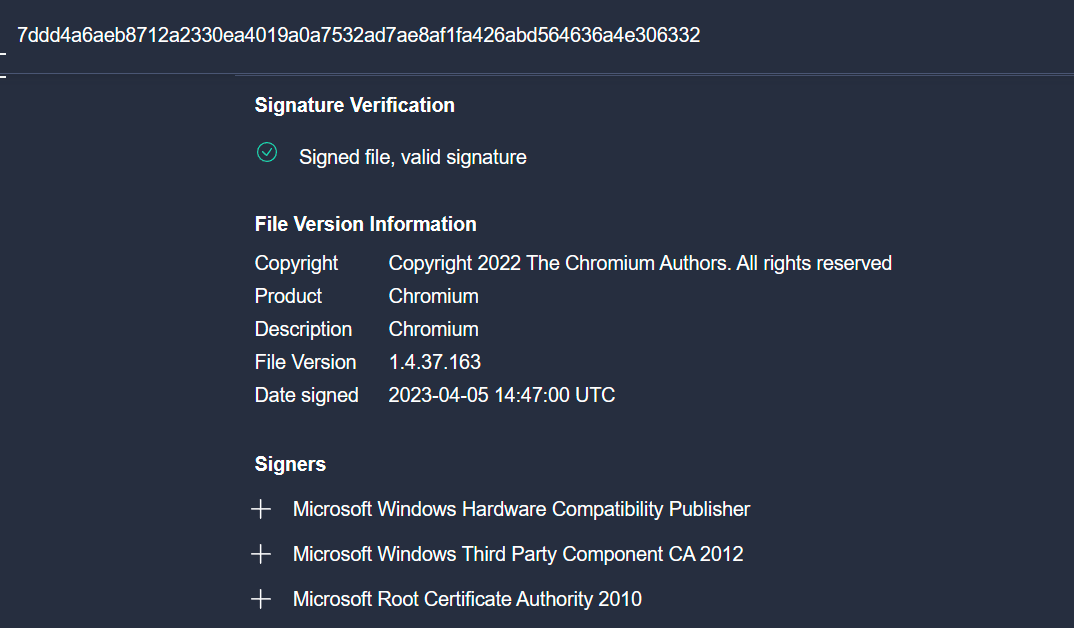Impacts Continue to Grow Louder
Was that major cyber incident a ransomware attack, a data breach or both? How many records were impacted? Did personally identifiable information (PII) get compromised? How long were they down? Were backups usable? Did the business survive? When was the business able to fully restore their operations? What did the incident cost?
I often get asked these questions (and more), and the answers can take months or years to be released after an event. In some instances, the specific details remain hidden from public view — concealed inside the databases of cyber insurance companies or classified files guarded by three-letter government agencies.
And yet, as the cyber attack headlines just keep pouring in from universities, banks, governments, hospitals, public utilities and more, the rising impacts to society increase — even as many have become almost numb to the overall affect.
Here are just a few of the recent incident headlines I am talking about:
DATA AND TRENDS, PLEASE
No doubt, this is just a very small sampling of the number of cyber attacks that hit the mainstream and technology media every week. Critics oftentimes argue, “Show me the data. What are the trends? Are things getting better or worse?”To which I generally reply, “It depends.” (I know. A good lawyer’s answer.)
Allow me to first provide you with a plethora of recent information, data and trend reports before providing my take on what’s going on right now regarding global cyber attacks. After each of these headlines, I offer a brief excerpt to help.
Security Week: Cybersecurity Companies Report Surge in Ransomware Attacks
“Ransomware attacks continue to be highly profitable for cyber-crime groups and the recent reports released by various cybersecurity firms show that they are increasing both in terms of volume and sophistication.”
The HIPAA Journal: IBM: Average Cost of a Healthcare Data Breach Increases to Almost $11 Million
“The 2023 IBM Security Cost of a Data Breach Report shows the average data breach cost has increased to $4.45 million ($165 per record), with data breaches in the United States being the costliest at an average of $9.48…



